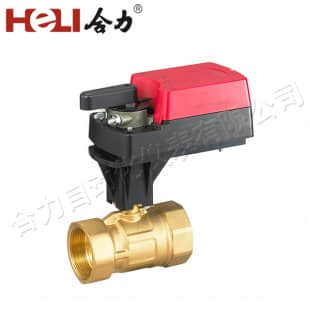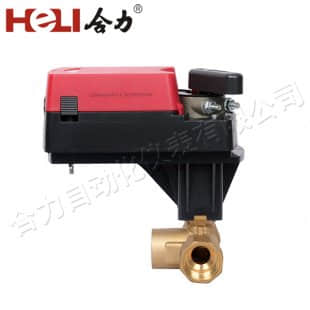In the realm of modern automation systems, the damper actuator holds a pivotal position, playing a crucial role in regulating airflow and optimizing the performance of various industrial and domestic applications. This versatile device, also known as the electric actuator or networked damper, is a key component in HVAC (Heating, Ventilation, and Air Conditioning) systems, industrial automation, and building automation, among others.

The damper actuator functions as a control mechanism for dampers, which are devices designed to adjust airflow. By receiving control signals, such as those from a thermostat or a centralized building management system, the actuator precisely manipulates the damper’s position, thereby controlling the amount of air flowing through a duct or vent. This precision control enables fine-tuning of the indoor environment, ensuring optimal comfort and energy efficiency.

The damper actuator typically comprises an electric motor, gearbox, and position feedback mechanism. When a control signal is received, the electric motor activates, driving the gearbox to rotate and adjust the damper’s position. The position feedback mechanism, on the other hand, constantly monitors the damper’s actual position, providing feedback to the control system to ensure accurate and responsive actuation. In HVAC systems, the damper actuator is essential for maintaining comfortable indoor temperatures and air quality. By regulating the airflow through the system, it ensures that heated or cooled air is distributed evenly throughout a building, creating a uniform and pleasant environment. Additionally, by modulating the airflow based on occupancy levels, temperature setpoints, and other factors, the damper actuator contributes to energy savings and improved efficiency.
